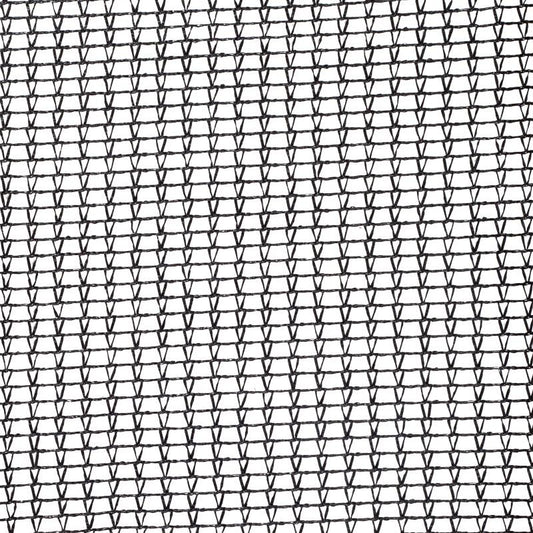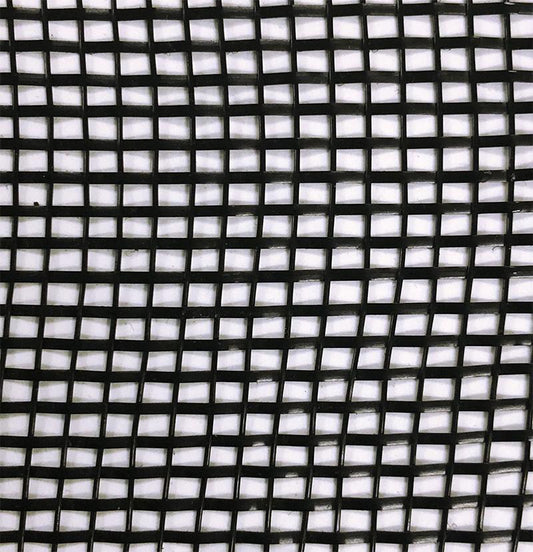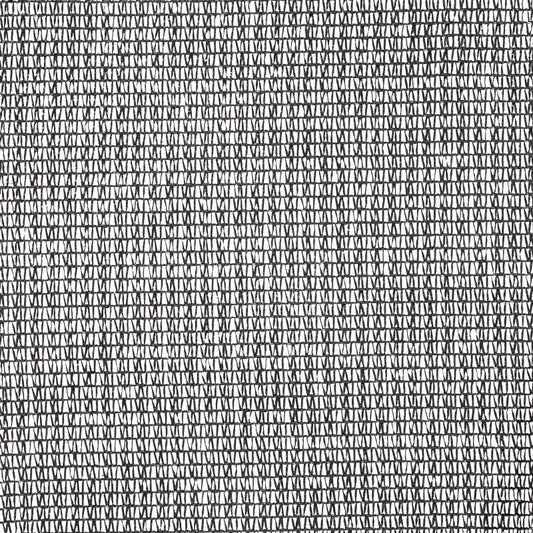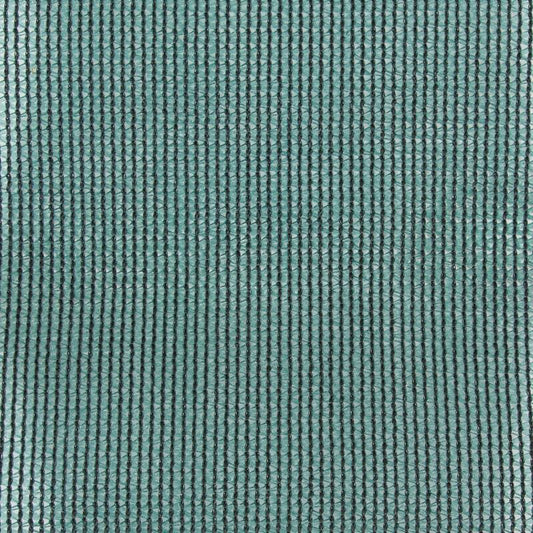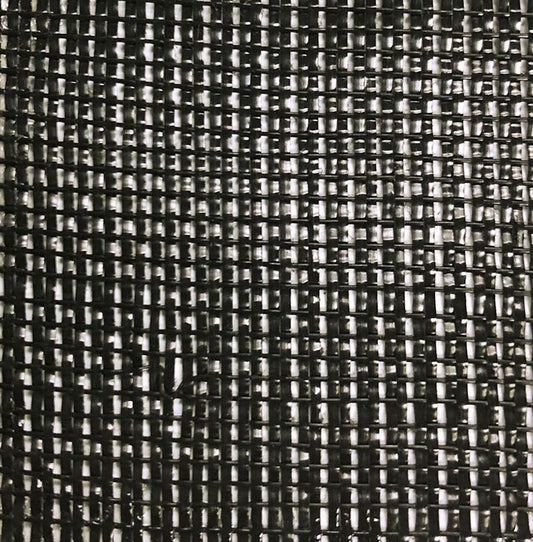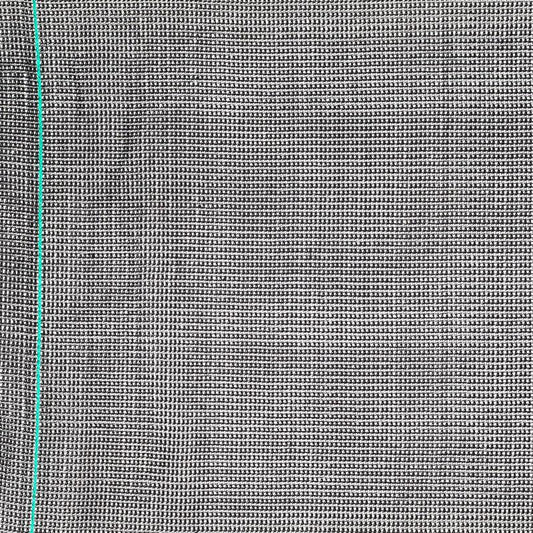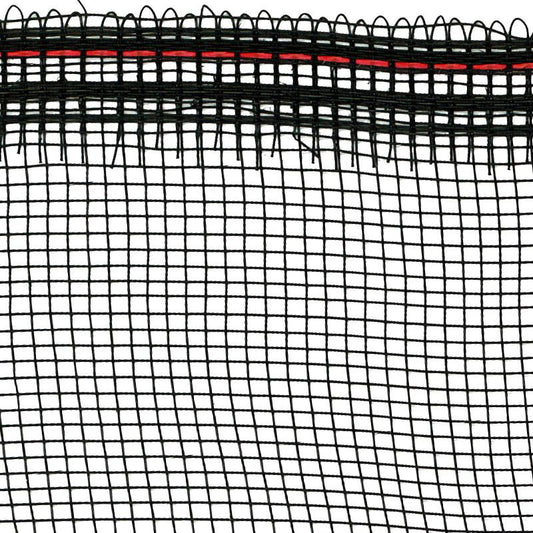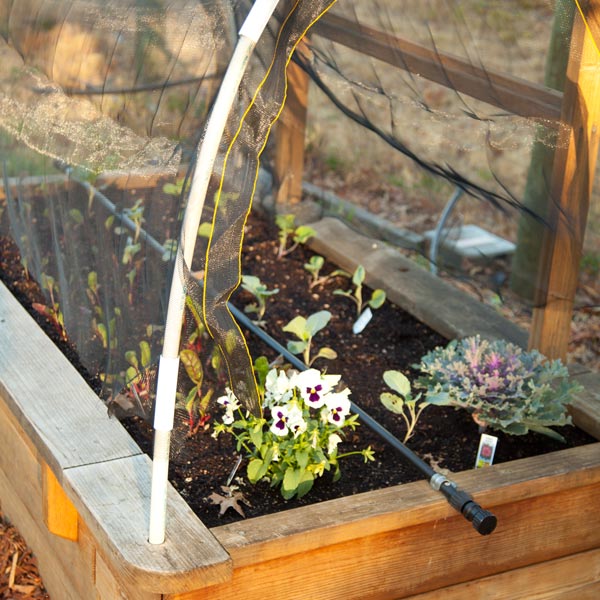
Unveiling the Benefits and Applications of Shade Cloths in Gardening
Shade cloths have become indispensable tools for gardeners seeking to create optimal conditions for their plants. These versatile fabrics offer a range of benefits, from temperature control to protection against harsh sunlight. In this comprehensive guide, we will delve into the world of shade cloths, exploring their applications, advantages, and how they can be effectively used to nurture a thriving garden.
Understanding Shade Cloths
- Shade cloths, also known as shade netting, are woven fabrics designed to provide partial shading to plants.
- These cloths come in various densities, allowing gardeners to control the amount of sunlight reaching their plants.
- Whether you're dealing with delicate seedlings, heat-sensitive crops, or aiming to protect your garden from excessive sunlight, shade cloths are a valuable addition to your gardening toolkit.
Key Benefits of Shade Cloths
-
Temperature Regulation: Prevents overheating, creating a more comfortable environment for plants during scorching days.
-
Sunlight Intensity Control: Allows gardeners to tailor the light intensity for optimal plant growth.
-
Protection from UV Rays: Acts as a barrier, reducing the impact of harmful UV rays on your garden.
-
Reduced Water Evaporation: Minimizes water evaporation from the soil, conserving water and maintaining soil moisture levels.
-
Wind and Hail Protection: Provides a degree of protection against harsh weather conditions.
-
Frost Prevention: Acts as an insulator, protecting plants from frost and chilly temperatures.
Applications of Shade Cloths in Gardening
-
Nursery and Seedling Growth: Instrumental in creating an ideal environment for the germination and growth of delicate seedlings.
-
Greenhouse Shading: Reduces light intensity within greenhouses, preventing heat buildup and potential damage to plants.
-
Vegetable and Flower Gardens: Provides the ideal lighting conditions for vegetable and flower varieties that thrive in partially shaded conditions.
-
Orchard Protection: Shields fruit-bearing trees from sunburn and helps maintain a conducive environment for fruit development.
-
Heat-Stressed Crops: Offers relief to heat-stressed crops during heatwaves, mitigating the risk of damage.
-
Container Gardens: Strategically positioned to provide shade during the hottest parts of the day for potted plants exposed to direct sunlight.
Choosing the Right Shade Cloth
-
Density: Comes in different densities, indicating the percentage of sunlight blocked. Choose based on the light requirements of your plants.
-
Color: Available in various colors, each influencing the spectrum of light reaching plants differently.
-
Size and Installation: Ensure proper sizing and installation for maximum effectiveness.
Proper Installation and Maintenance
-
Secure Support Structure: Install a sturdy support structure, such as a frame or trellis, to hold the shade cloth at the desired height.
-
Regular Cleaning: Clean the cloths regularly to maintain optimal light penetration.
-
Adjustable Systems: Consider using an adjustable shade cloth system for versatility.
-
Monitor Plant Growth: Periodically assess plant growth and adjust the shade cloth accordingly.
Enhancing Your Garden with Shade Cloths
Shade cloths emerge as invaluable tools in the hands of gardeners looking to create customized environments for their plants. From temperature regulation to protection against UV rays, the benefits of shade cloths extend across various aspects of gardening. By understanding their applications and choosing the right cloth for your specific needs, you can harness the power of shade cloths to cultivate a garden that thrives in every season. Start exploring the possibilities today and elevate your gardening experience with the versatile advantages of shade cloths.


